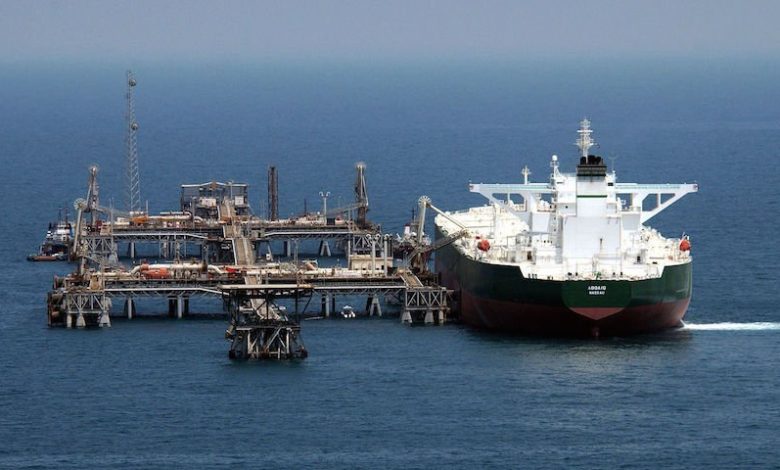Gulf disruption solidifies structural tanker market shift

J Mintzmyer from Value Investor’s Edge gives his take on the Saudi attacks and the tanker trades. This simply accelerates the timeline for US and Brazilian exports to dominate global supply, he suggests.
The latest chaos in the Middle East further reduces the medium and long-term relevance of the Middle East Gulf (MEG) for crude tanker markets. The increased uncertainty in the Middle East simply accelerates the timeline for US and Brazilian exports to dominate global supply. Numerous analysts and investors have been slow to realise that we are in the midst of a structural shift, and this was prevalent in the latest research updates emerging late Sunday into Monday such as calls for a “rout in equities” and predictions of “unprecedented disaster”. Thus far, equity trading has been volatile, but regardless of immediate stock price movements, I believe the long-term developments are unequivocally bullish for crude tankers.
We are already in the midst of a generational shift away from OPEC/MEG dominance towards the emergence of US and Brazilian export markets. Historically, from the 1970s through ‘90s, the only market that mattered for large crude tankers was the MEG-USG (US Gulf). In the 2000s, the Asian markets offered an additional boost. Crude oil tankers then ran through the largest super-cycle on record from 2003-2008.
We’re now face a completely different reality. US and European consumption has peaked and Asian markets represent the largest source of demand growth. The fracking revolution and a shift in export policies has transformed the US from a top net-importer to a major exporter. The USG-Asia route is double the distance as MEG-Asia. This means that every barrel of market share the US replaces from the Middle East is equivalent to double the demand.
The more disruption we see in the Middle East, the faster this transition will occur. According to recent Bloomberg reporting, the Saudi disruption now represents the largest nominal loss in history.
We are already watching the US surge their exports and I expect these events will lead to even faster growth than previously expected. Almost all of the demand growth, 74-81% estimated by Euronav, is from India, China, and other Asian markets.
They previously expected 81% of “new oil production” would occur west of Suez, but if the MEG remains disrupted, we could see over 100% of ‘net new supply’ west of Suez (i.e. MEG output down). 81% was already extremely bullish for crude tankers; over 100% net was unthinkable even just a few day ago.

Thanks for posting my initial Op-Ed on this, I’ve recently posted a more detailed version (with charts and trade ideas) on Seeking Alpha:
https://seekingalpha.com/article/4291994-middle-east-crisis-structural-win-crude-tankers